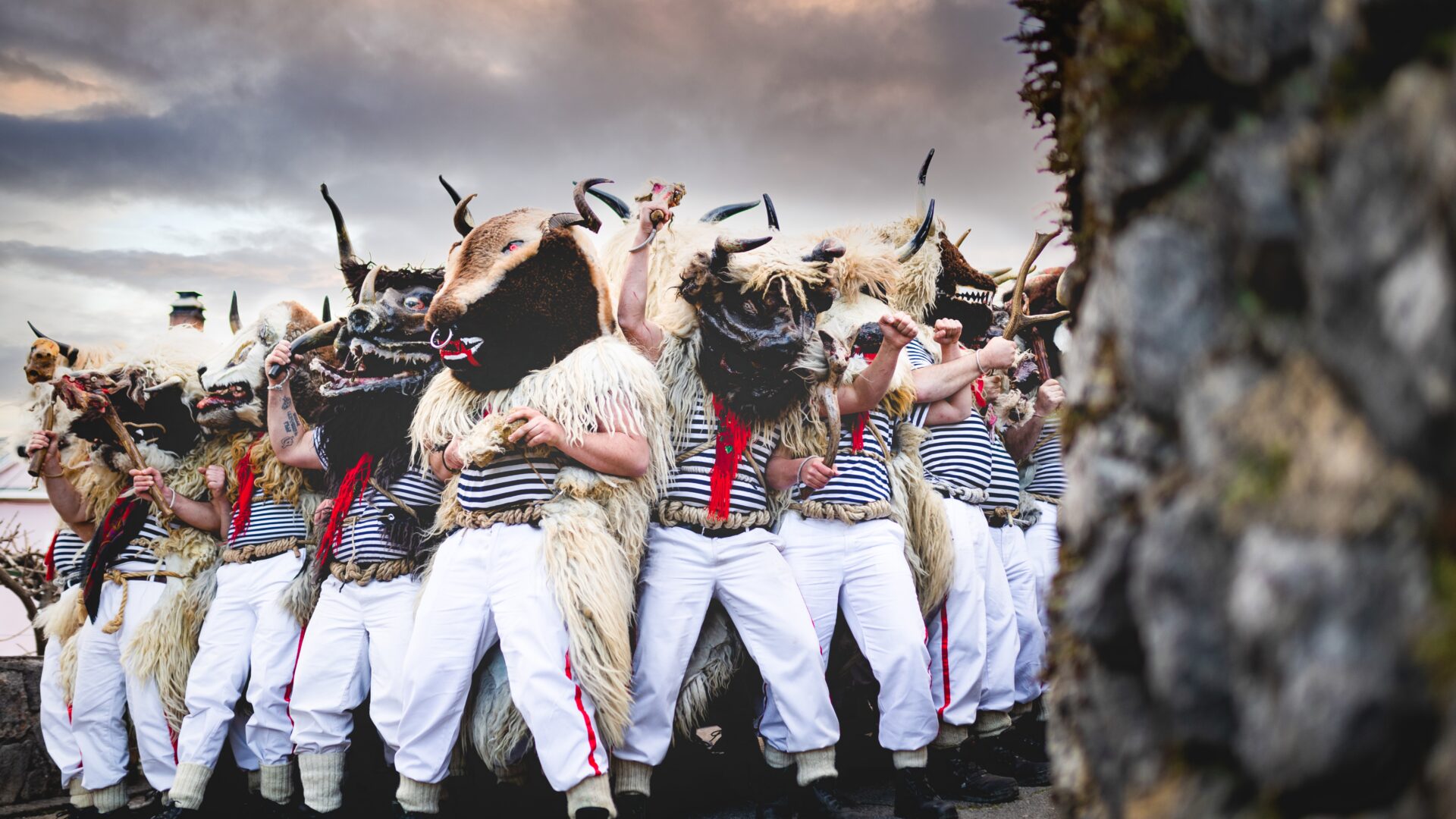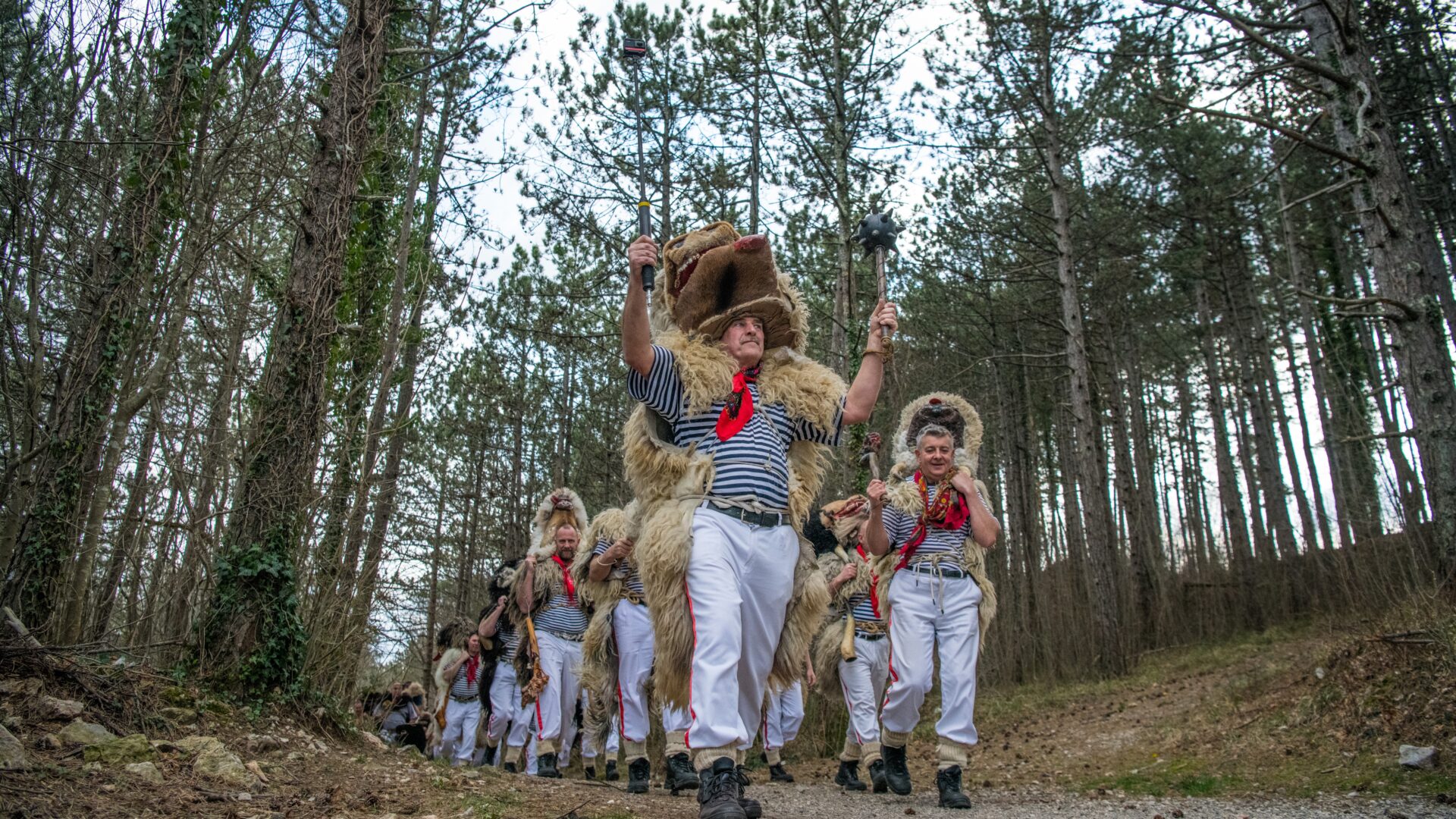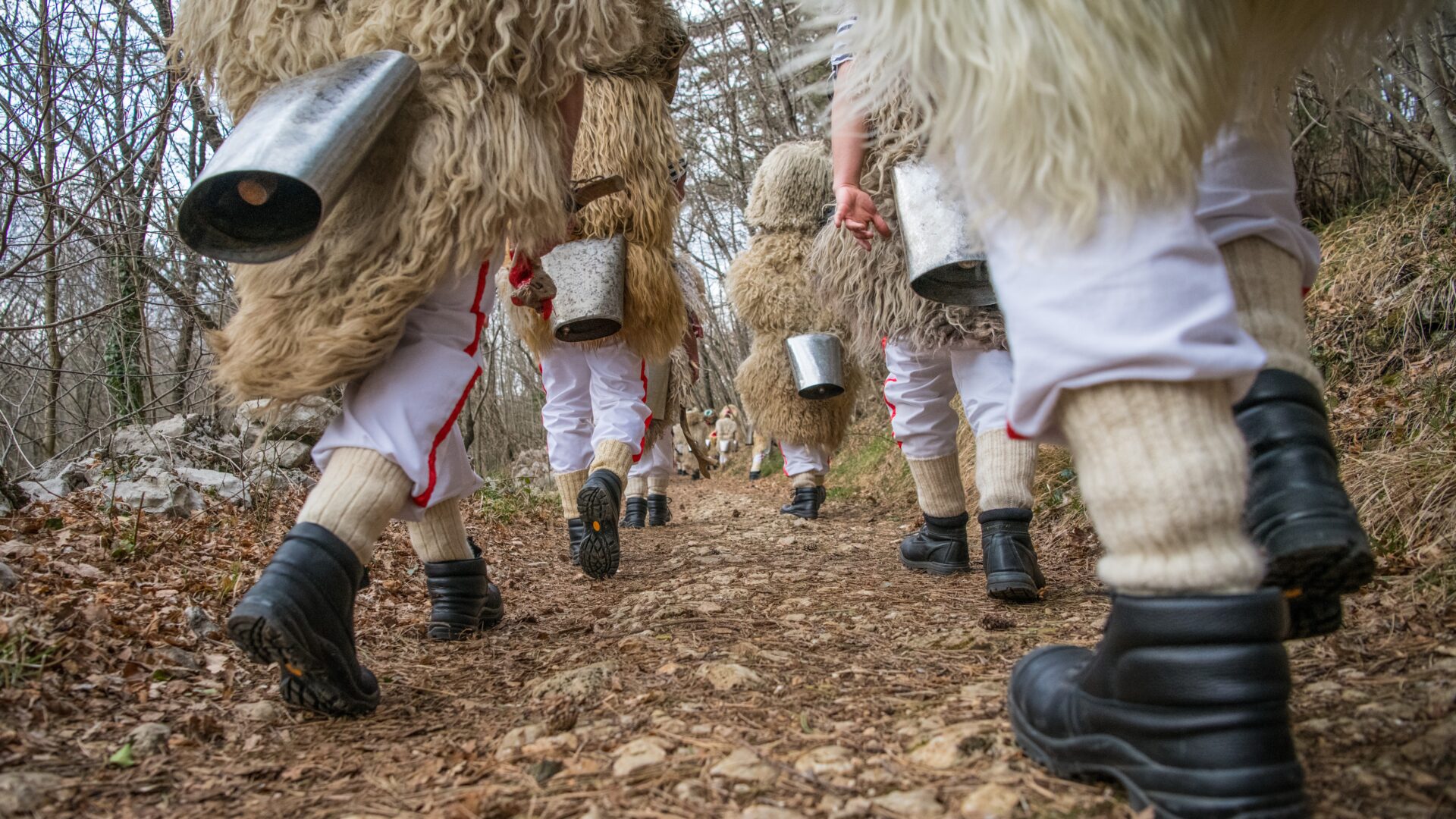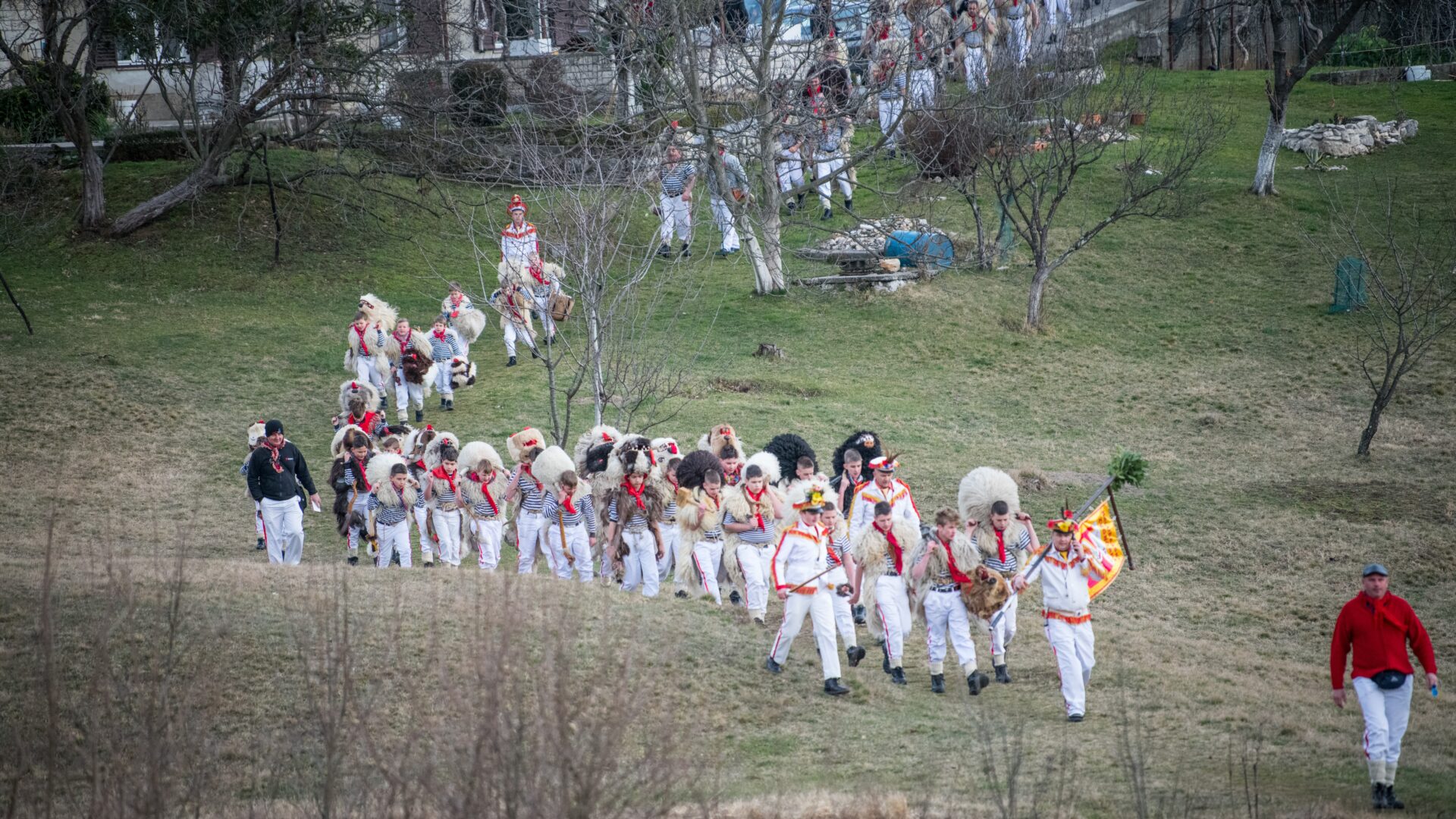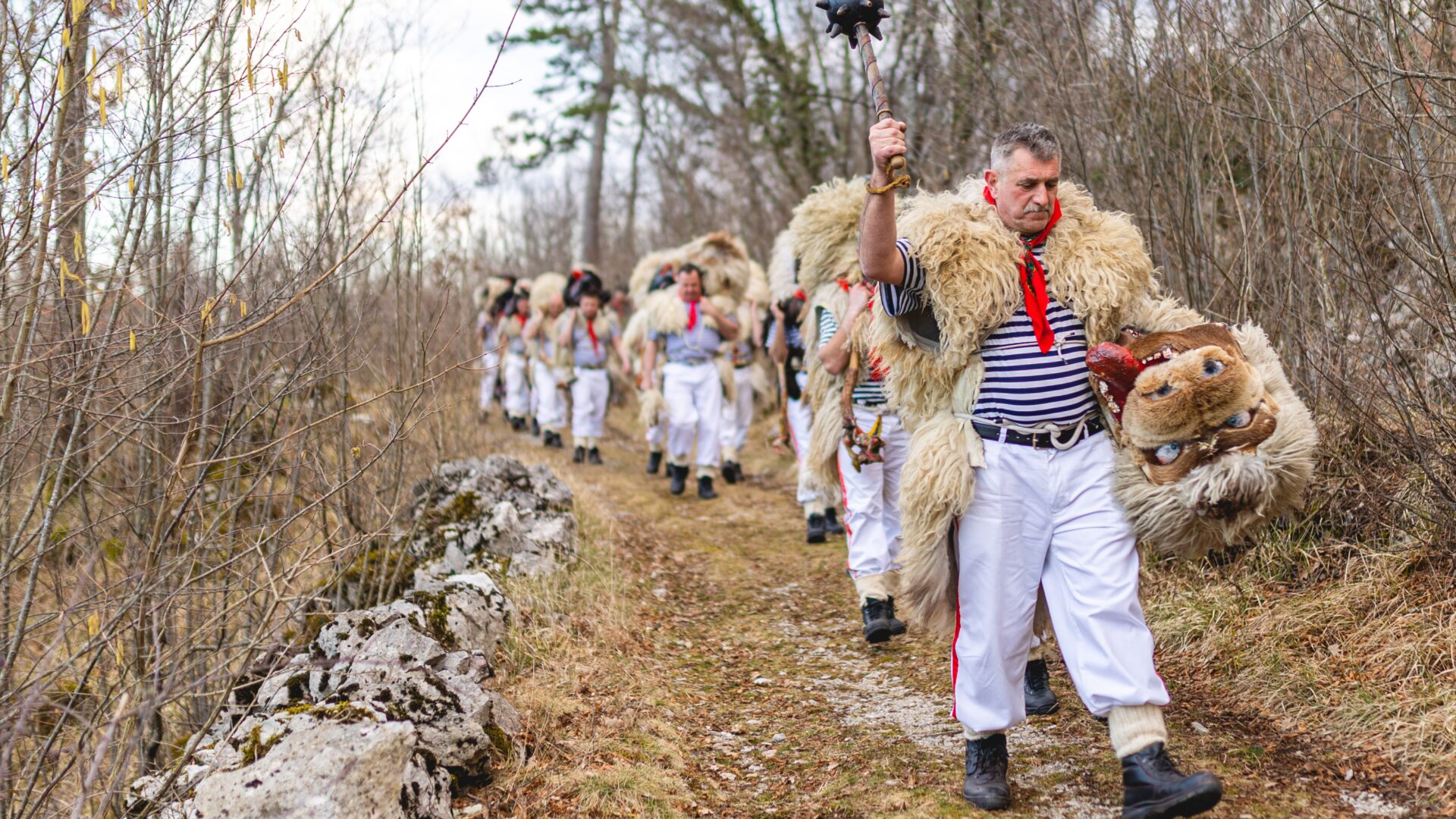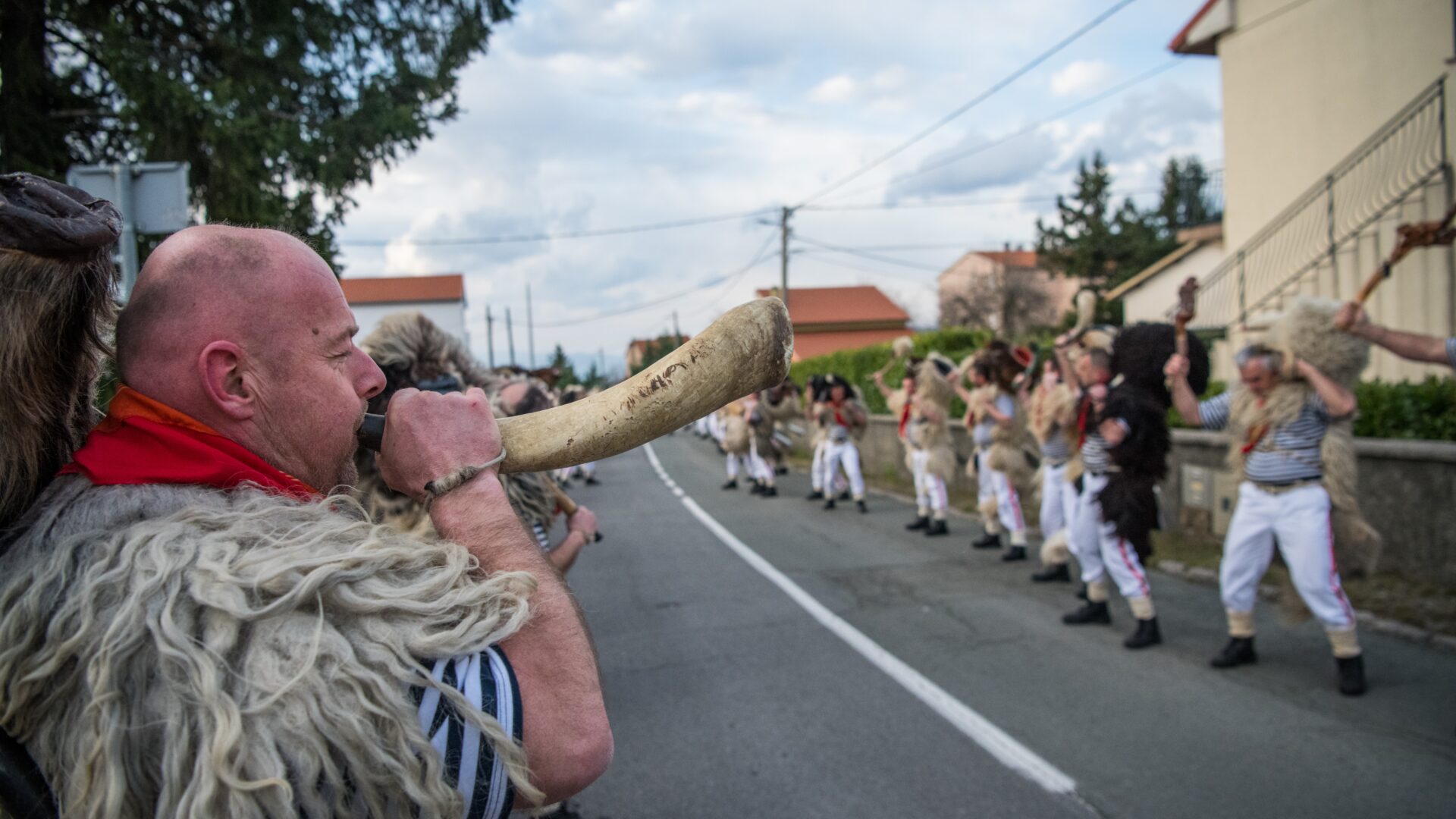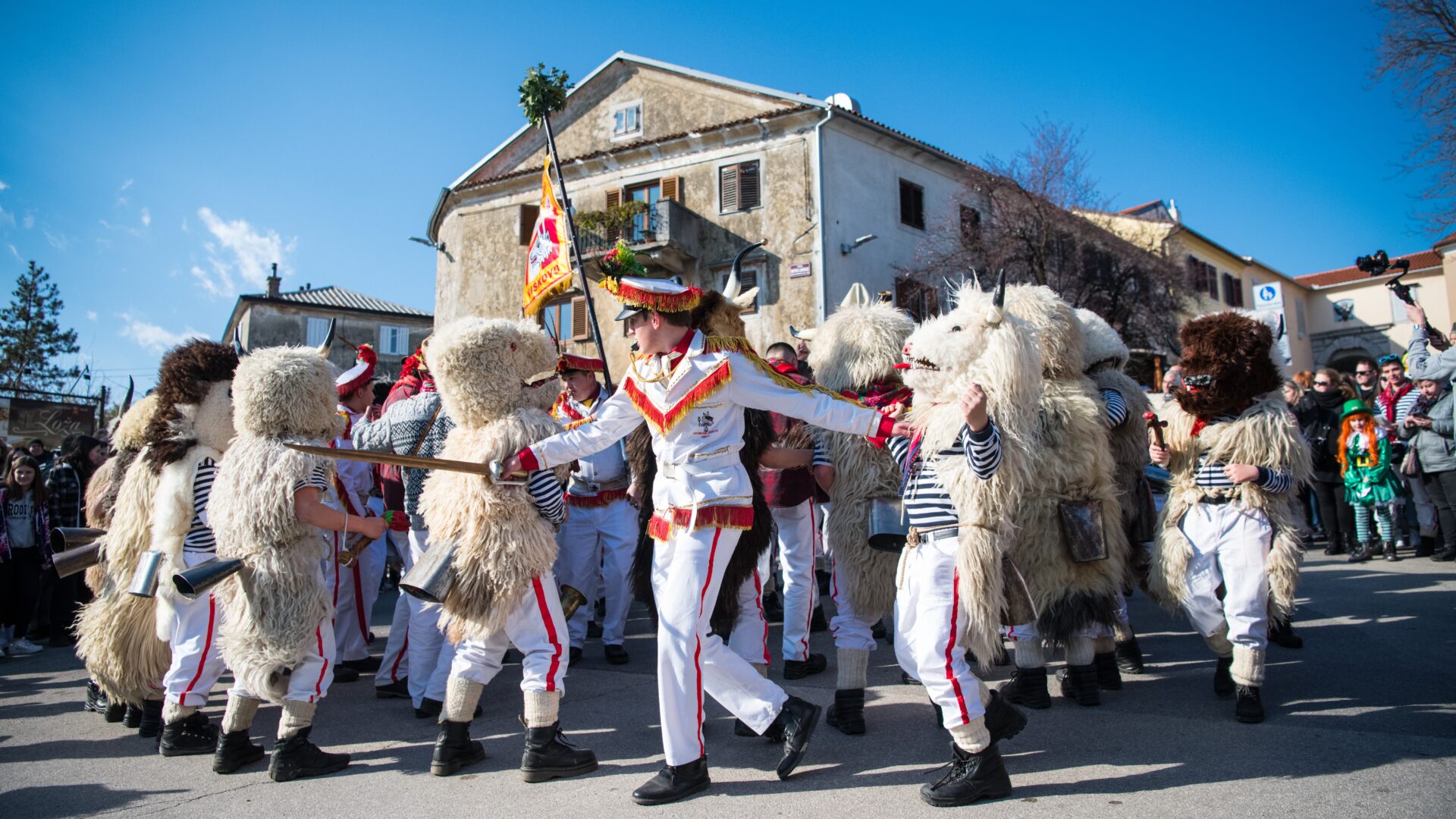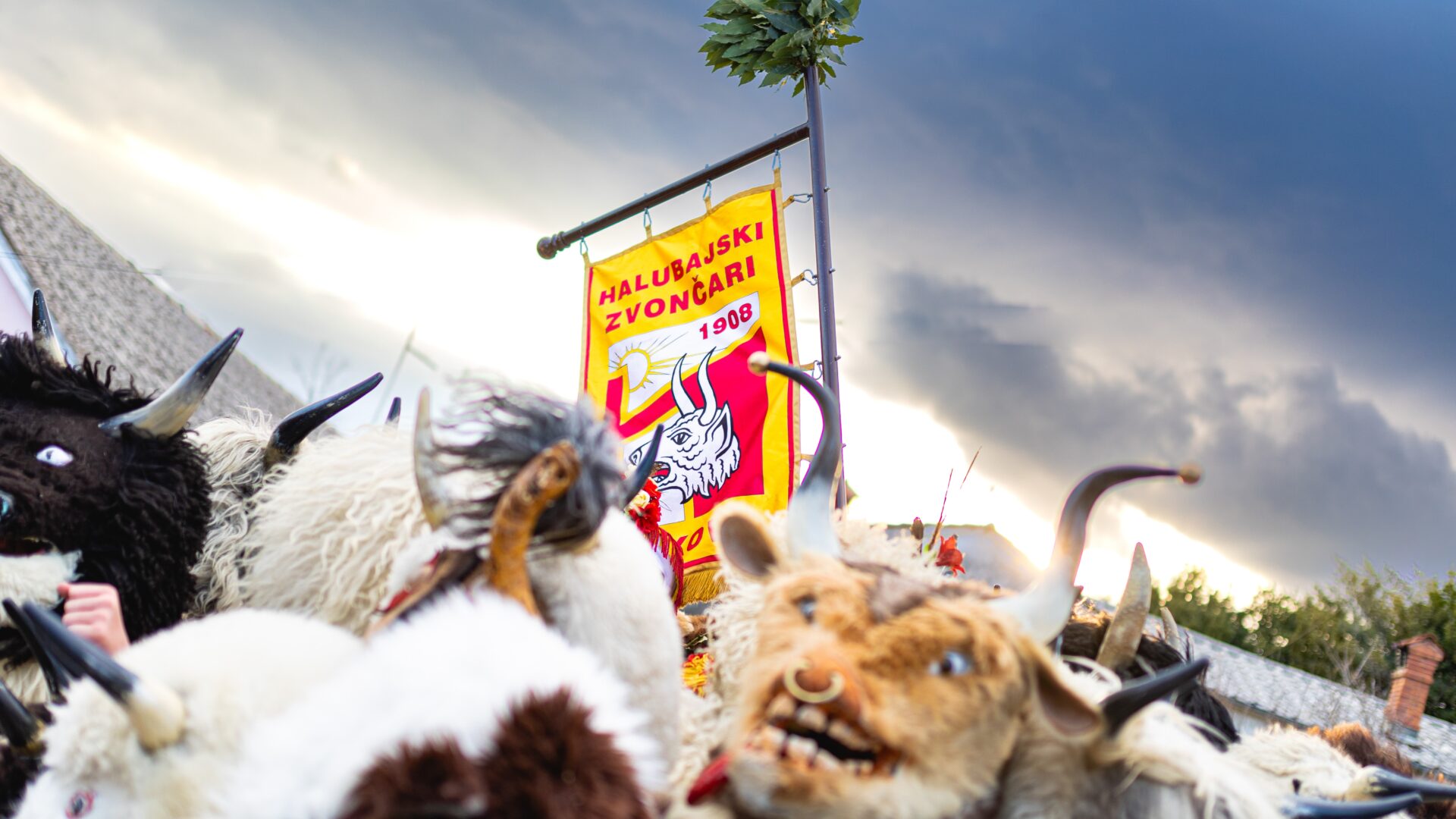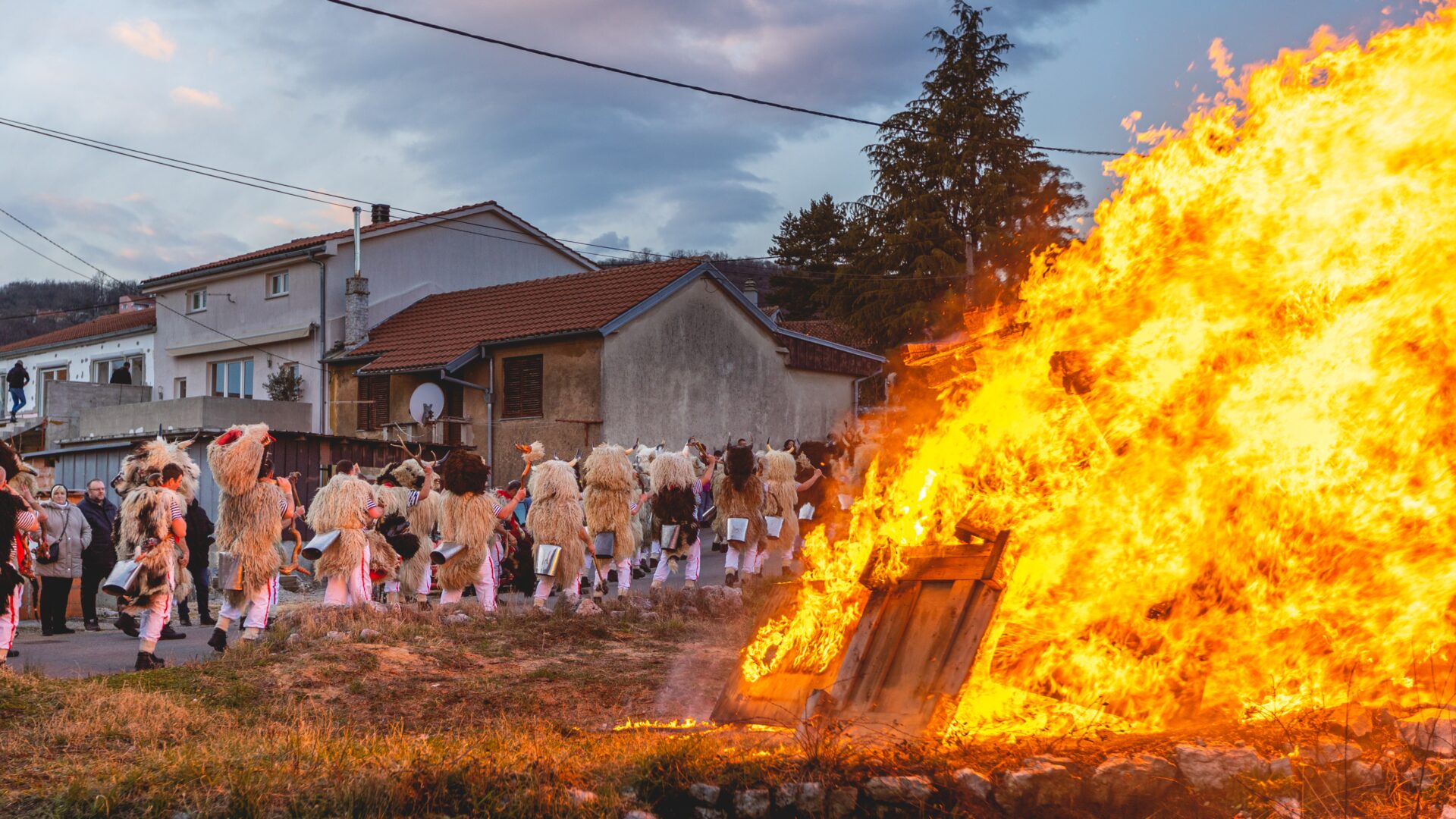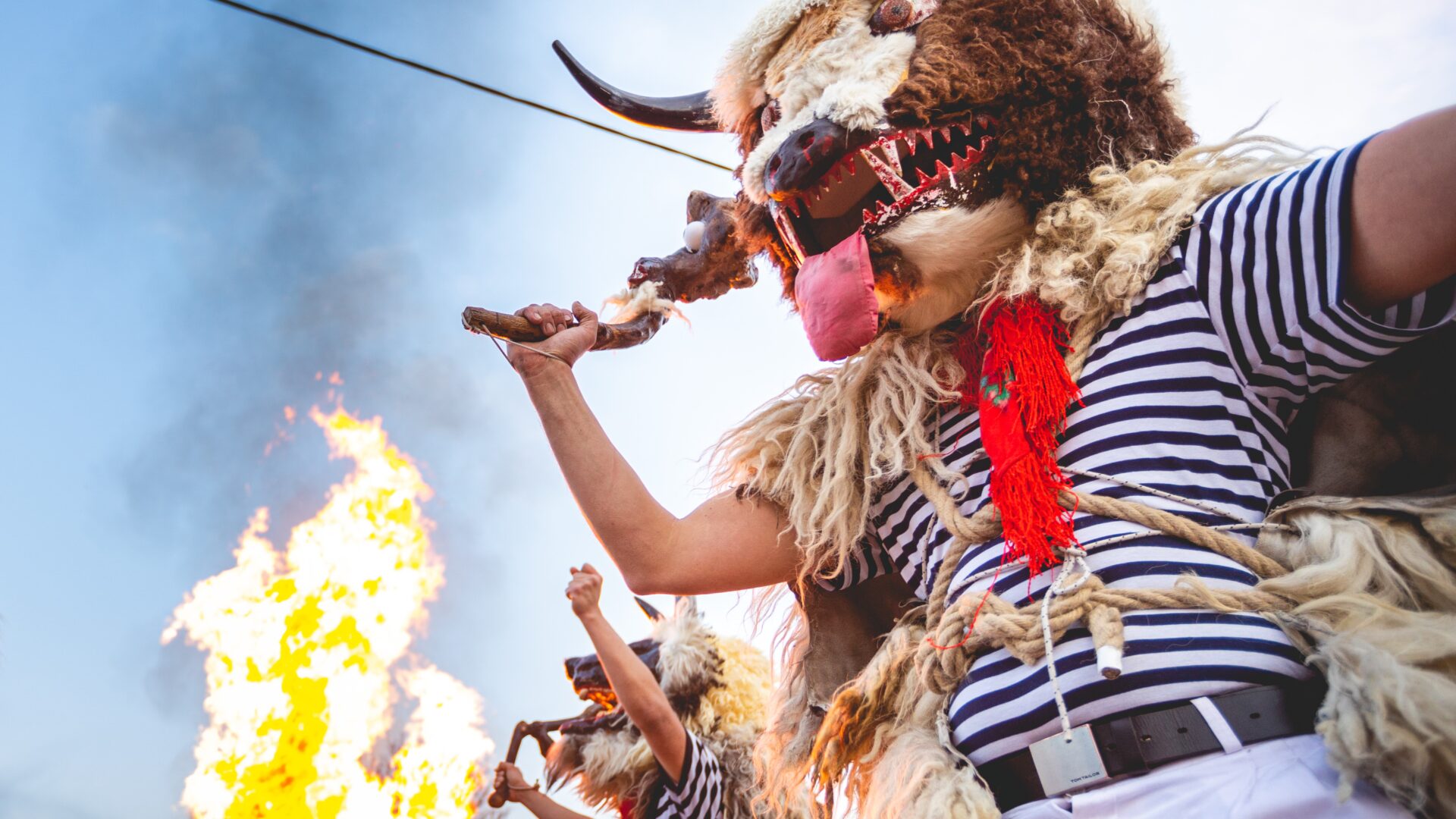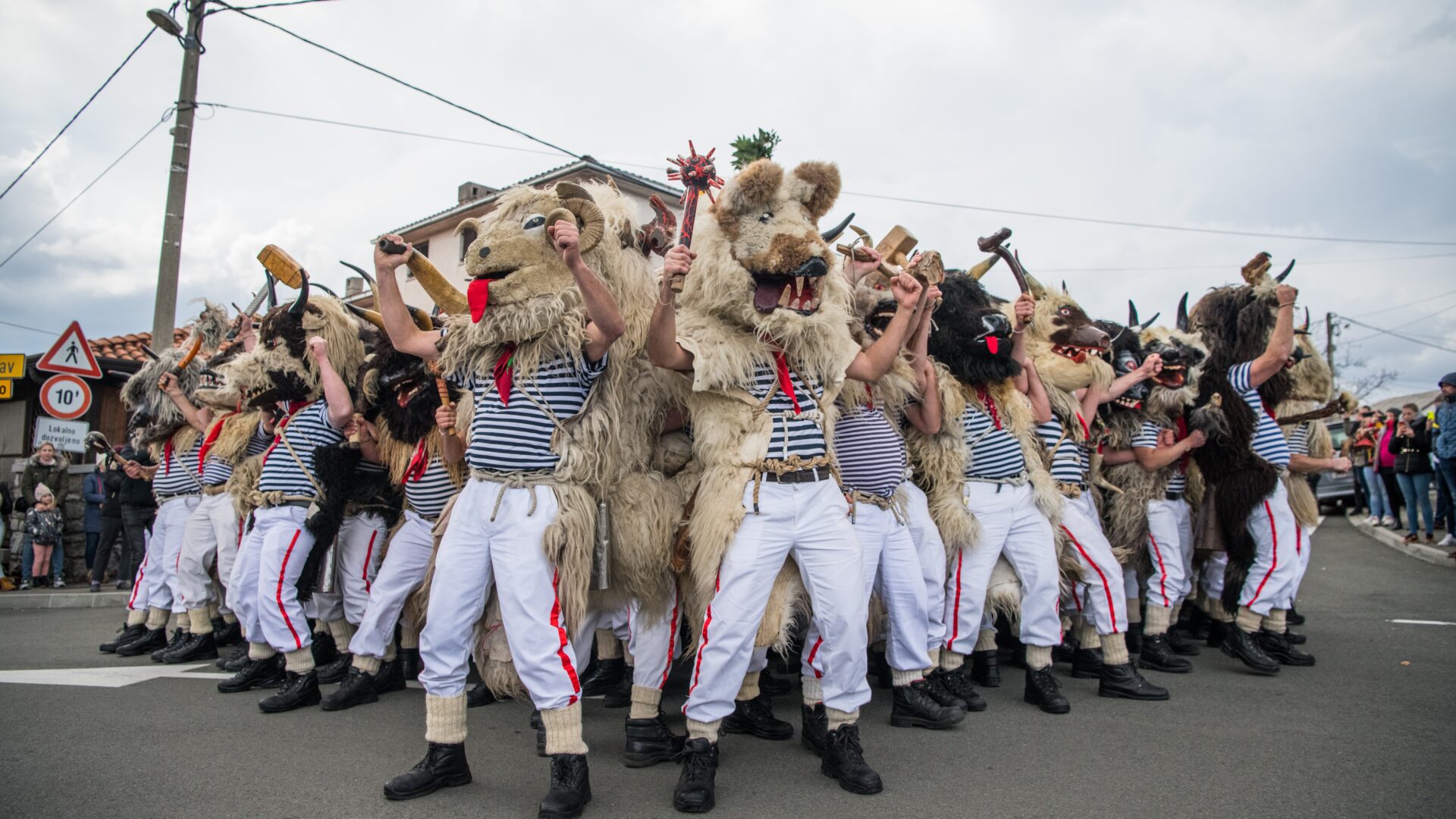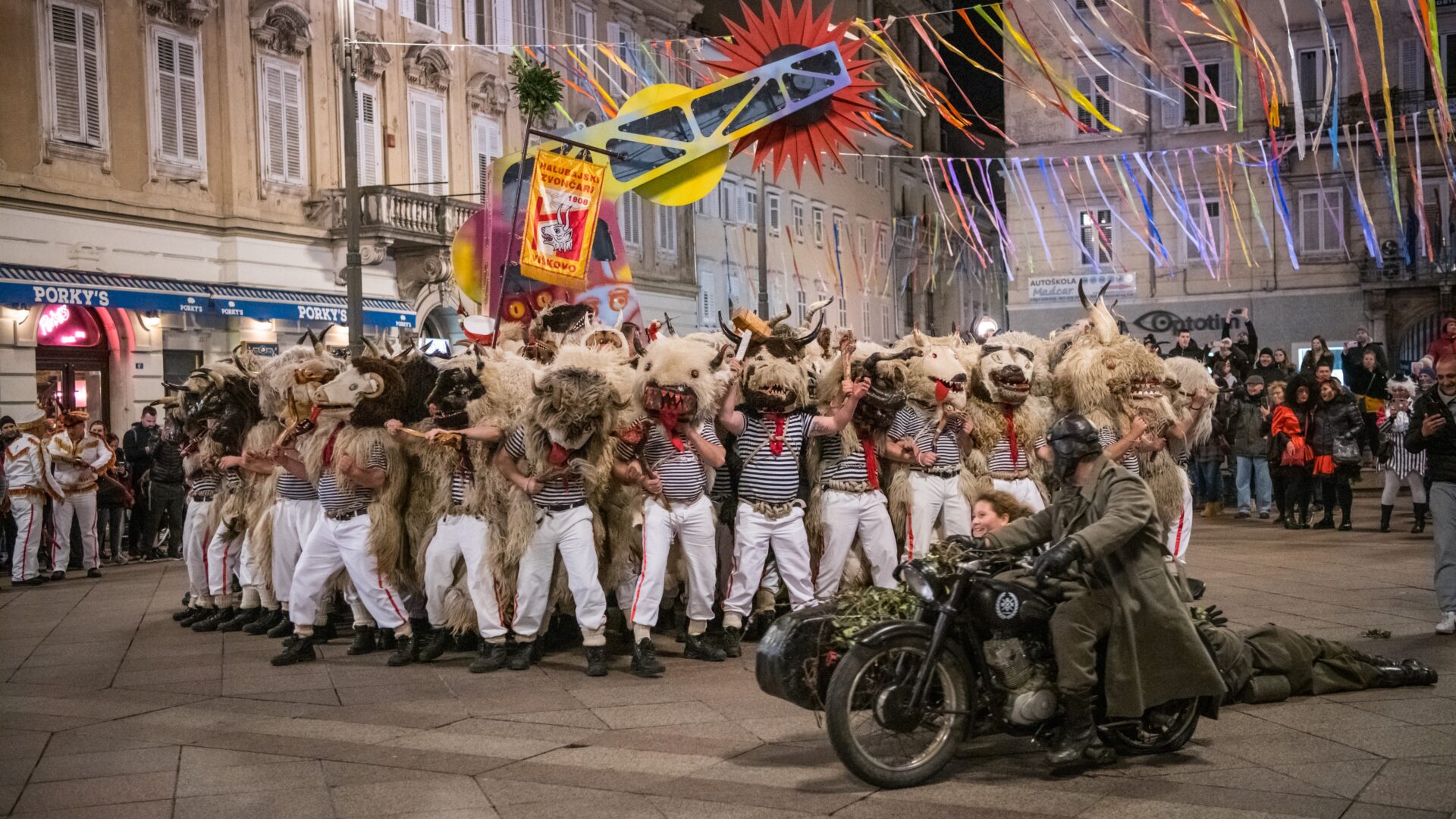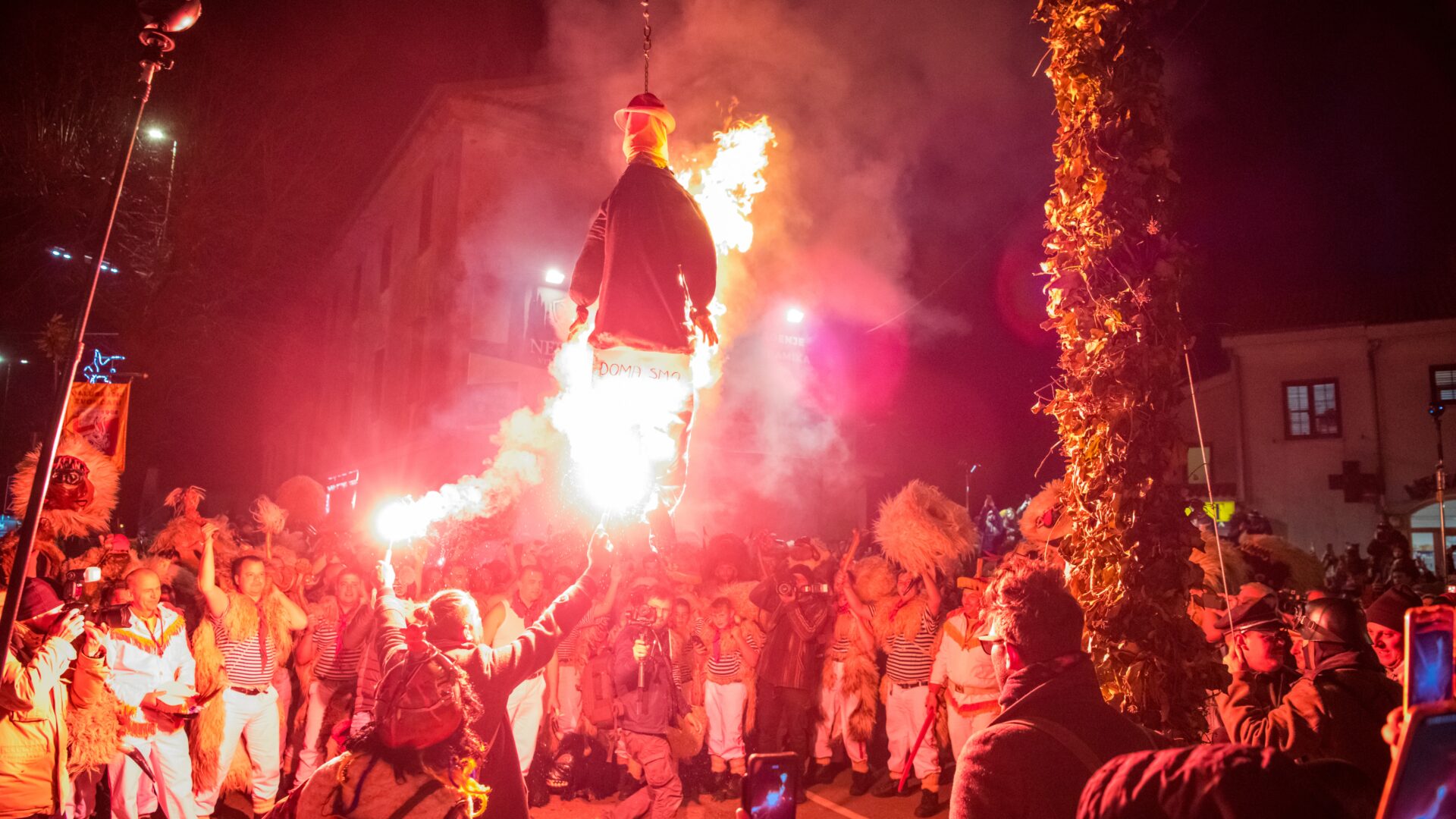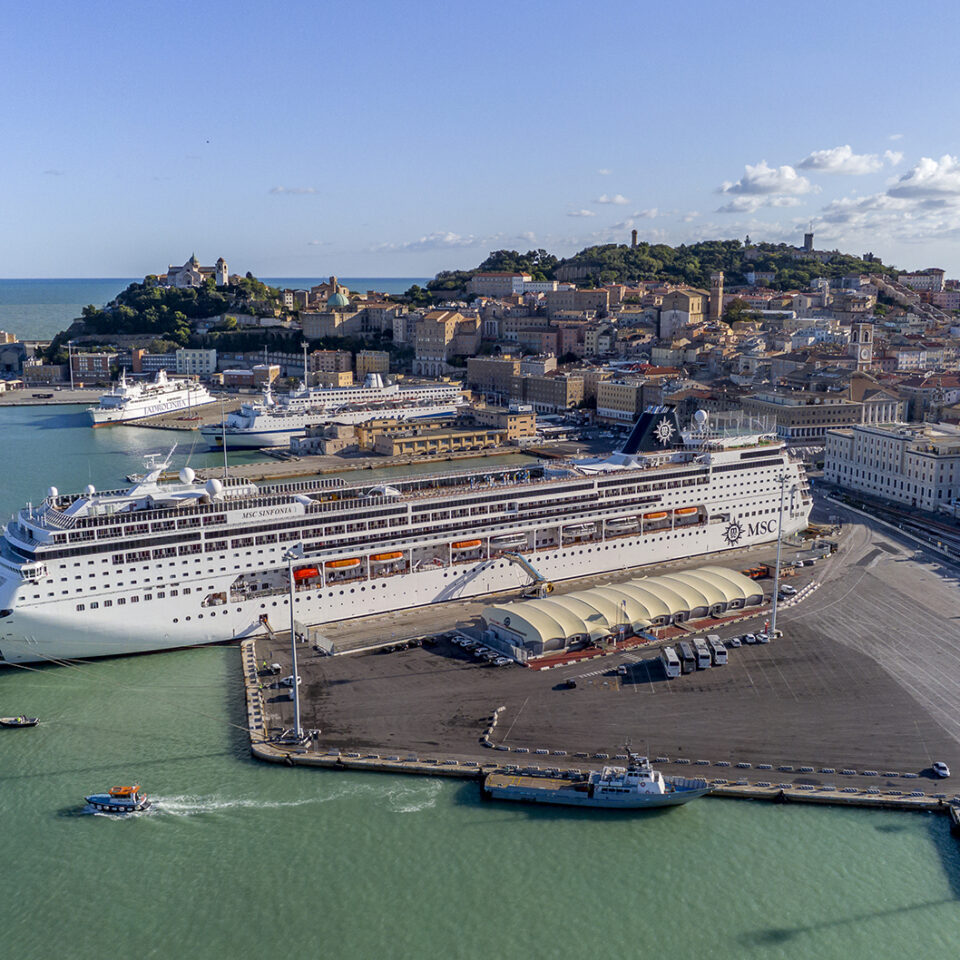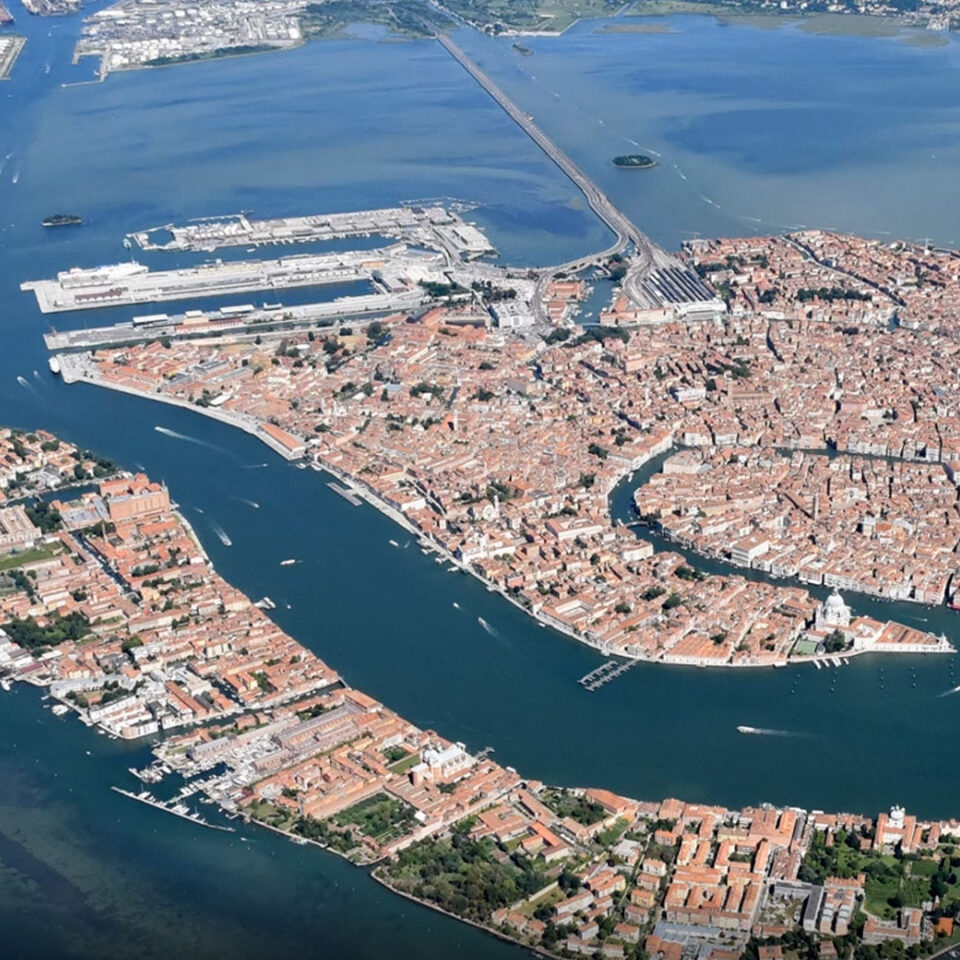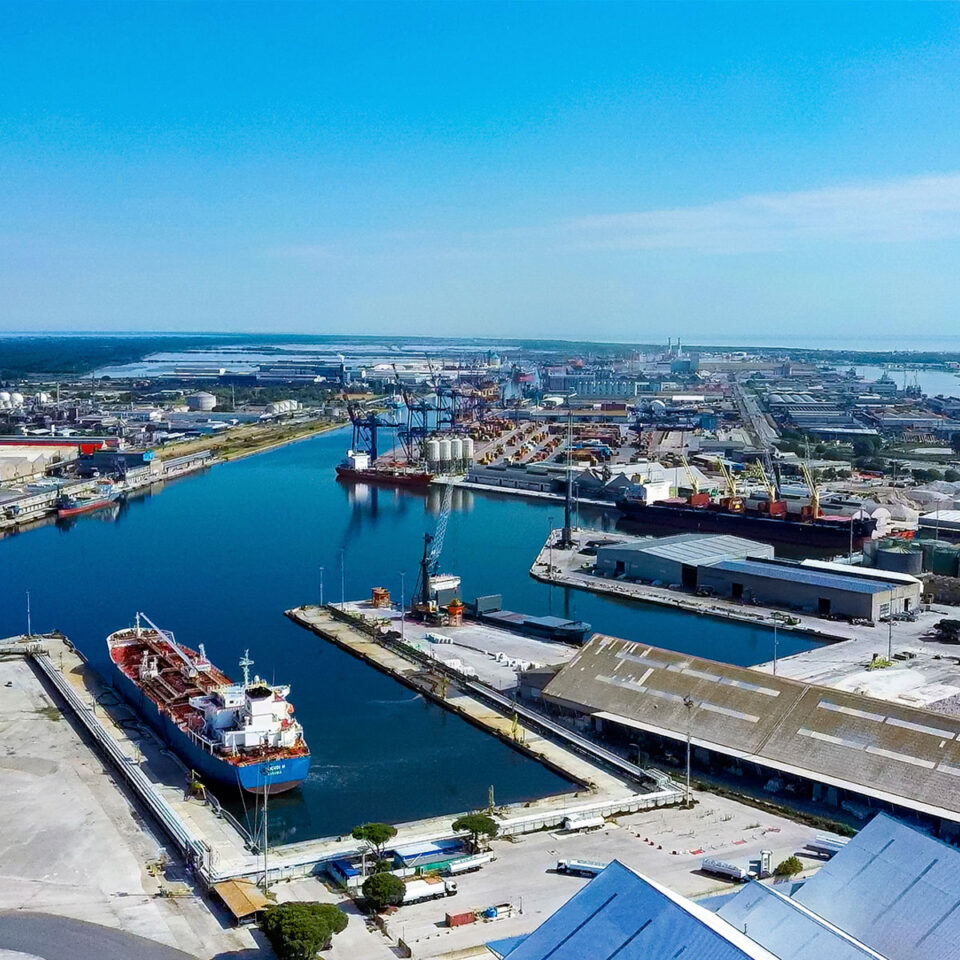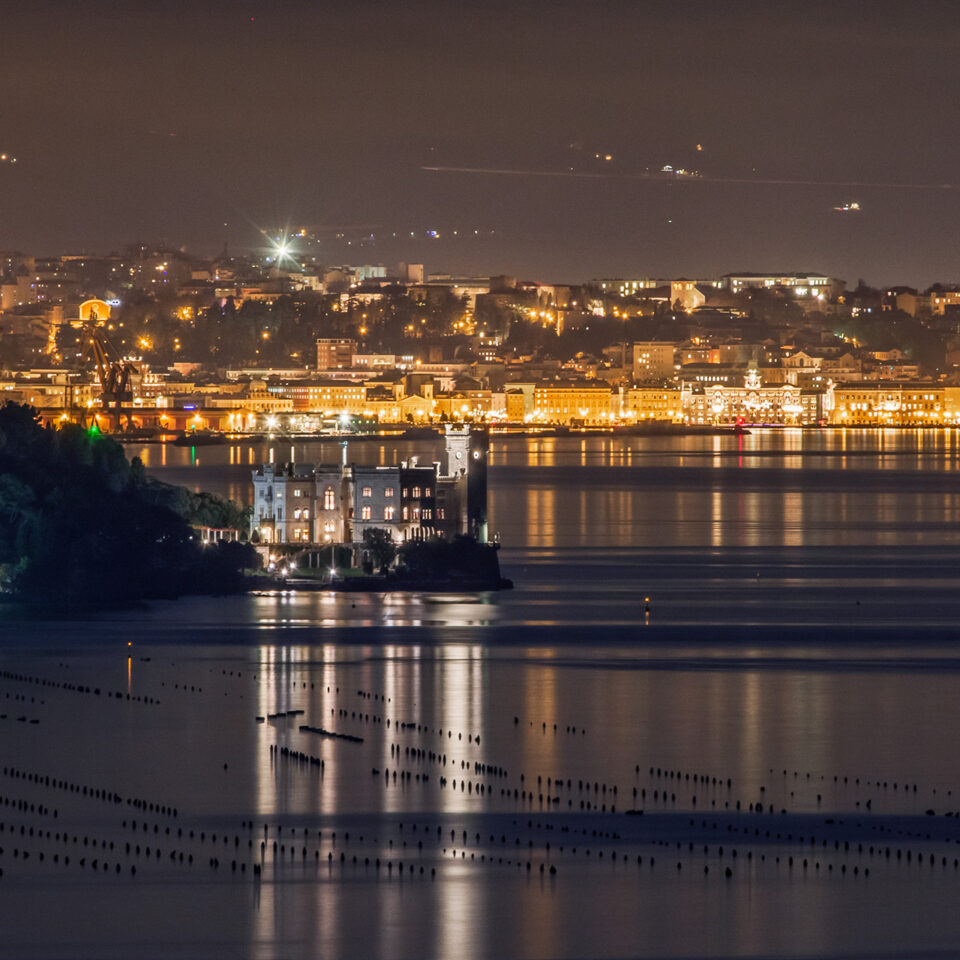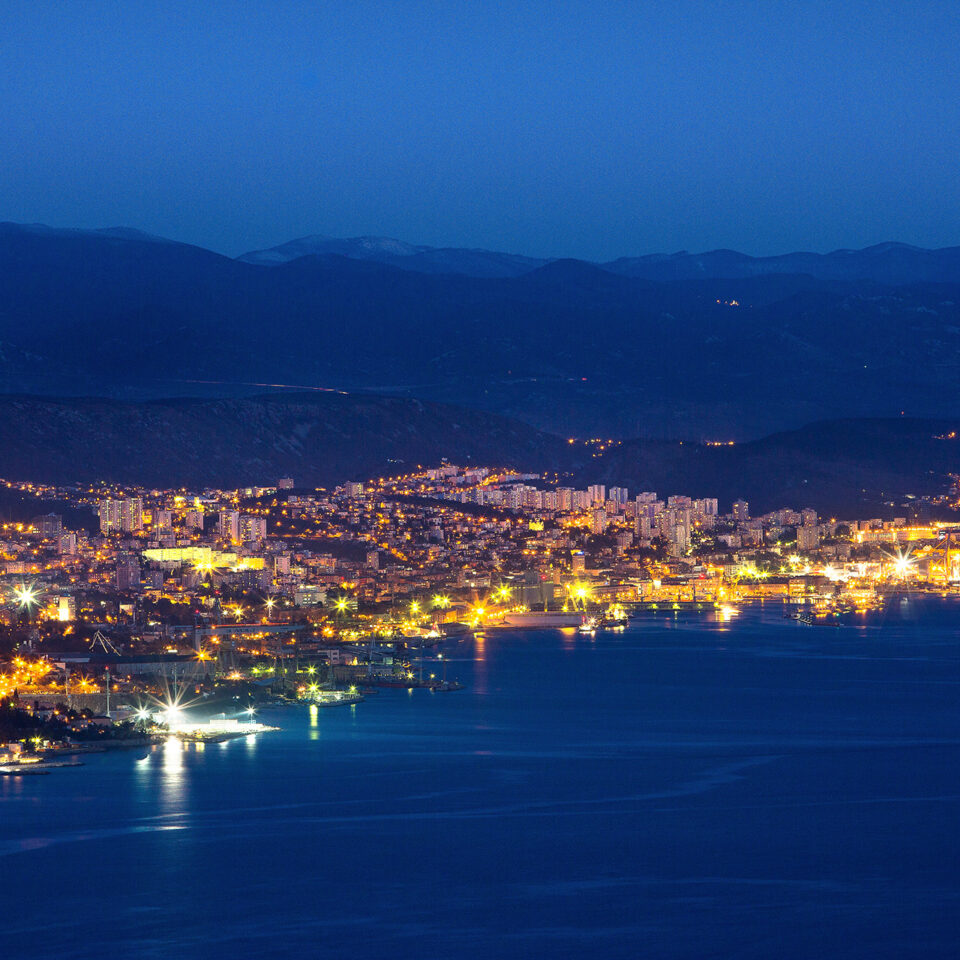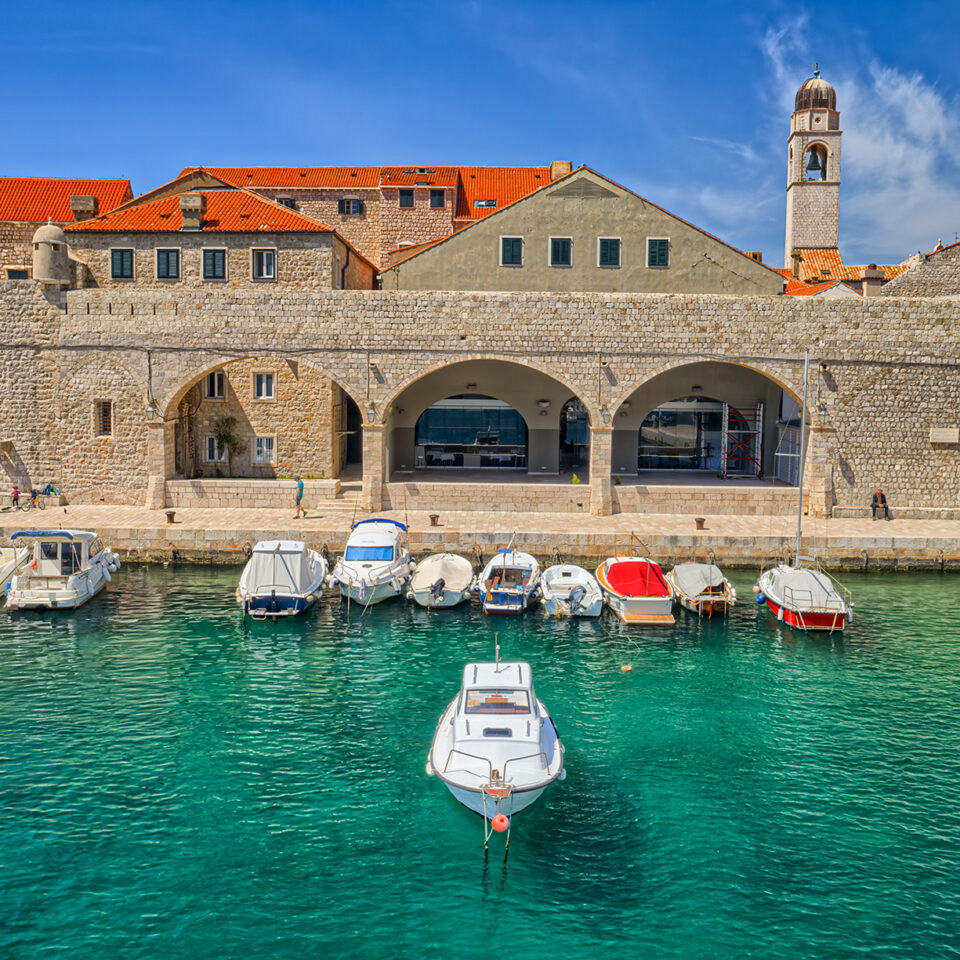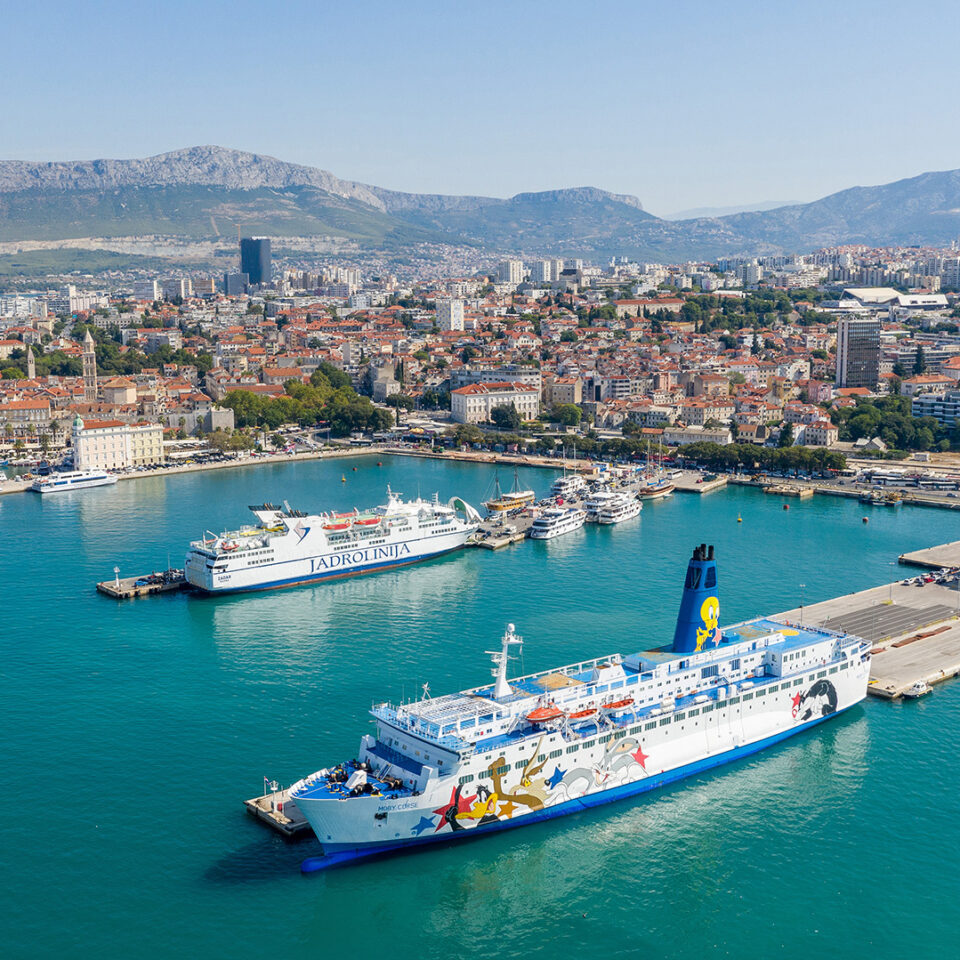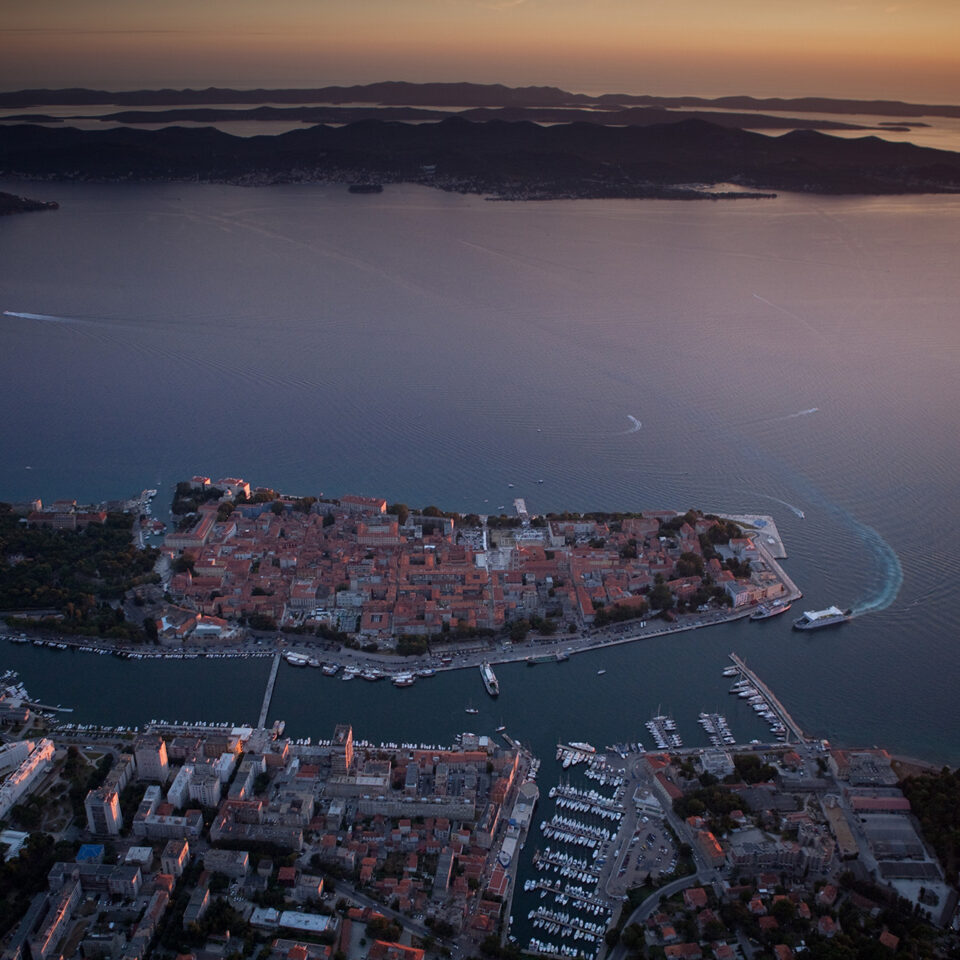


The Bell Ringers of Halubje—Tradition Keepers Protected by UNESCO
The Bell ringers of Halubje are one of the most recognized and strongest symbols of intangible heritage of the Primorje-Gorski Kotar county. Their carnival procession, held year after year in the same way and at the same time, connects the past and the present, the people and the customs, the village and the community. The procession takes place on the final Sunday, Monday, and Tuesday before Ash Wednesday, and it passes through the villages of Halubje and Kastavština, following the same route for generations.
The tradition is a part of a much larger phenomenon—the bell ringer groups from the Kastavština region which were, in 2009, included into the UNESCO Representative List of the Intangible Cultural Heritage of Humanity.
The bell ringer tradition is deeply intertwined with ancient rituals. Their role is symbolic—pushing away winter, bringing forth spring and a new life. Bell ringing, walking, and movement, are all in service of walking up nature and securing fertility. But, this tradition is not just a folklore spectacle—it holds a strong purpose in society. The procession brings the community together, keeps identity alive, and passes on the sense of belonging from generation to generation.
Today, their bell ringing echoes beyond local borders—they represent the region in Croatia and abroad and attract an ever bigger number of visitors. The county of Viškovo and its tourist board have additionally raised the importance of this living tradition by the multimedia approach at the House of the Halubje Bell Ringers, through educational activities, and by reworking the procession routes which can now also be used as cycling and walking paths. They provide a link between places of culture, history, and gastronomy, offering an authentic experience of place and time.
The procession of Halubje is not just the sound of the bells and the rhythm of the steps. It’s a meeting with old customs, as well as a chance to enjoy local cuisine—traditional carnival meals, sweets like the fritule and the presnac, and the hosts’ hospitality. Restaurants along the route, like Mladenka and Kuma, offer authentic meals prepared with old-fashioned recipes.
If you want to experience heritage which isn’t exhibited in a glass case, but lives through people, steps, and sound, the bell ringers of Halubje are the best example. Their procession isn’t just tradition—it’s an experience which transcends time.

